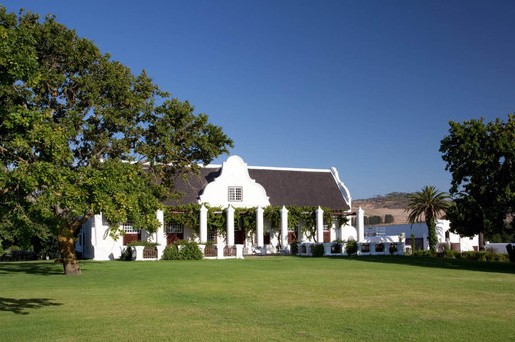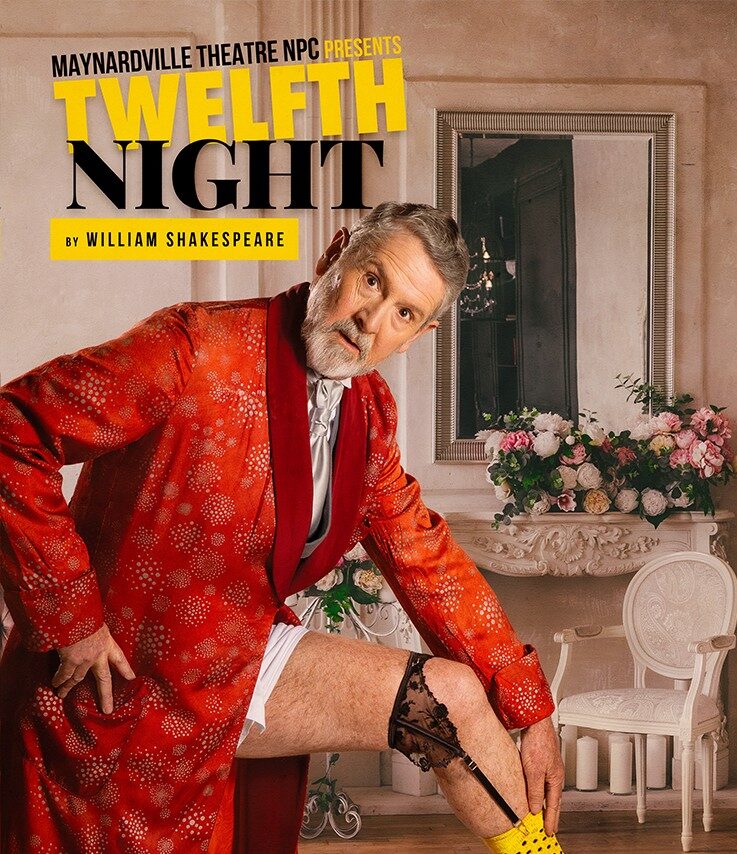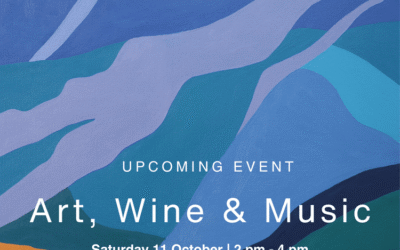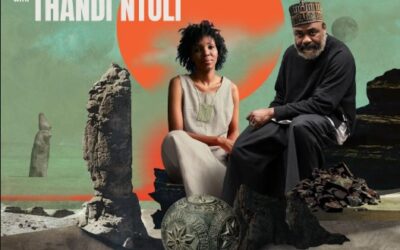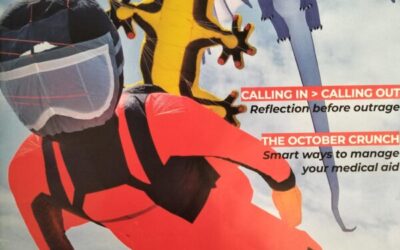If the idea that happy employees make for delicious wines is true, it’s no wonder that Meerlust is on top.
There’s much earnest — and even some rhapsodic — talk about tasting soil and climate in wine, but can you discern happiness? Mark Solms, the eminent neuroscientist and psychoanalyst owner of Solms Delta estate in Fransch-hoek thinks so. He believes that the state of contentment of all who work in vineyard and cellar is somehow an expressive part of the origin of any wine.
It should be true (sadly, it could help explain more dreadful wines than good ones). Solms Delta itself will prove a good test, but it was a visit to Meerlust last week that reminded me of the Solms thesis.
Meerlust is, of course, one of the most illustrious old Stellenbosch estates; it’s been in the Myburgh family since 1757 and retains the character of a prosperous farm, the lovely manor house a lived-in home rather than a museum. More than that; it does seem to be a happier place than many in the winelands.
The concern for the estate’s social fabric derives from the watchful lordship of the house’s current occupant, the charming Hannes Myburgh. Meanwhile, Roelie Joubert’s assiduity in the vineyards, and the clever, subtle revolution in the cellar since Chris Williams took over a decade ago ensure that Meerlust’s high reputation is better earned now than ever before.
My visit involved an impressive (and probably expensive) display of integrity on Meerlust’s part, the launch of Meerlust Red 2011. As in 2002 and 1996, there will be no bottling of that vintage of the estate flagship, Rubicon. It was a difficult year for the vines, and the team judged that the quality fell short of the usual mark.
Instead the wine (normally held back for four years) has been released now under this occasional name. At around R150, half the price of the current Rubicon, Meerlust Red is a good buy. It’s a lighter, delicious but by no means trivial wine, age-worthy but eminently drinkable already thanks to merlot predominating, rather than the usual stern cabernet sauvignon — there will also be no standalone Merlot 2011.
The troublesome nature of 2011 for Meerlust’s red-wine vineyards is perhaps also manifest in the Pinot Noir, currently available. Pinot is not Stellenbosch’s strongest suit, though Meerlust’s version has improved greatly in recent years; but this one, though varietally true and enjoyable, is leaner than usual, its bright red fruit somehow tight-lipped and ungenerous.
Much the same could be said more emphatically for the current Merlot (a touch dour and bony) despite being of the stunning 2009 vintage. Greater testimony to the quality of that year comes from the Cabernet Sauvignon. Cab is Meerlust’s great strength. I recently had the rare privilege of sampling the maiden 1975 — at nearly 40 years old a marvel of proud resistance to time.
The maturing 2009 is also very fine, with a savoury, more-ish succulence, the subtly sweet-fruit flavours beautifully supported on a structure of just the right degree of rigour. Dare I say that I rate it possibly a shade higher than the current 2008 Rubicon (though that is also an impressive, age-worthy wine)? When released later this year, Rubicon 2009 should prove truly excellent.
And don’t forget the Chardonnay, the only Meerlust white. The 2010 is supple and lovely, and Chris Williams thinks his 2011 even better. As with all the Meerlust wines, that grain of happiness will do it no harm at all.

